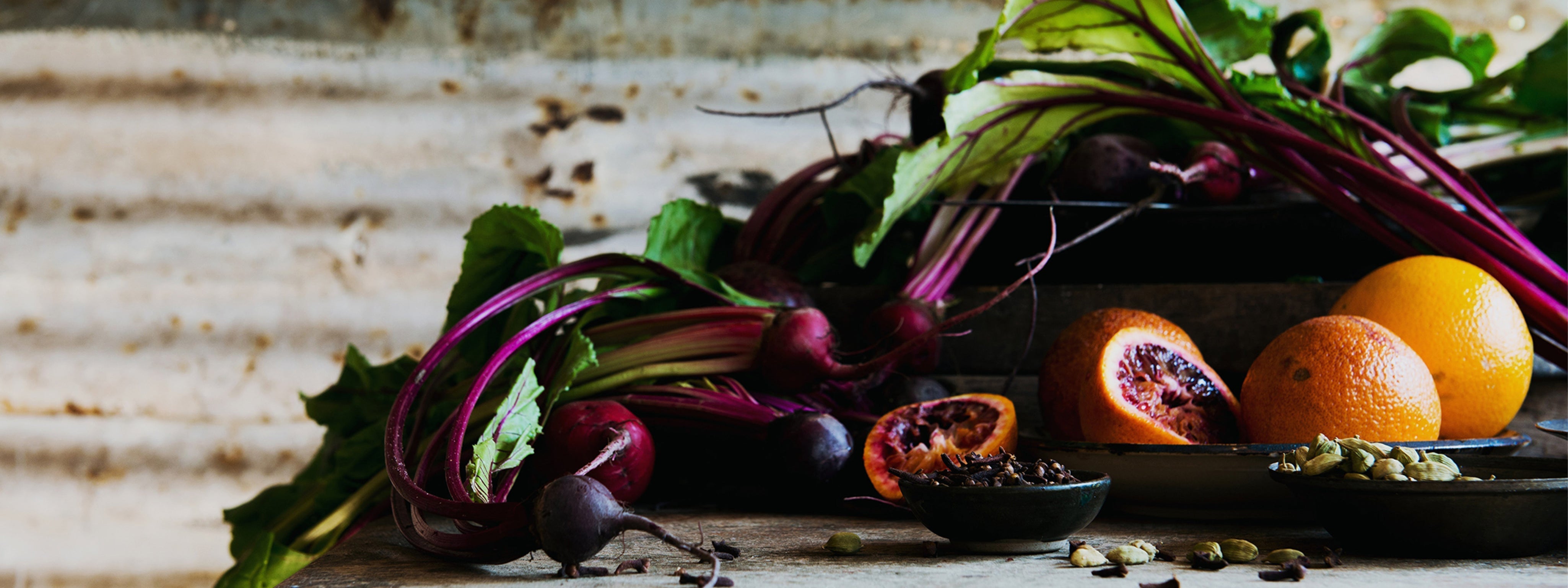Bees...the next step

So what is the best use of this land? Before we came, it sat resting, recovering, and being reclaimed by the surrounding forest for 20 years. People before us farmed Organic Bananas, and before that it was a cattle loading point, and before that it was stripped of all of its timber, and before that it was a stop on a ridge-line track for the postal service, which followed forest paths laid long before all of this.
As all of these land uses took turns, the surrounding forest continued to grow. This piece of land is a small opening, an amphitheatre, completely surrounded by this forest. Bees just seem to fit perfectly. So much so, that I still struggle to express my complete wonder of what it is they do.
The first time I opened a hive I was hooked. One hive, gifted as a housewarming present, became five, which quickly became 20, then 50, now 120 with no plans of slowing. They sit on our organic farm, where they access the green manures in between Ginger rotations. Within meters of the colonies are carpets of vetch, dense buckwheat, and huge sunflowers. This is just the entree, the real deal is just past this, in every direction. It is hard to find a word that reflects what awaits these bees once they take flight beyond our property. It must be like pure abundance for them, the ability to access the most richly unique and diversified vegetation on the east coast. This tangled profusion is their playground, their workspace, and these incredible little creatures distill all of that magnificence into a small hive.
If you look into that hive, and know what you are looking at, you can read like pages, the continuous story of the greater surroundings. Its like plugging into a live ecosystem barometer, with honey as a bonus for knowing the language. To stand amongst this process, to witness it, to be a part of it, and to truly comprehend what is occurring, is something that never leaves you. I struggle to express my complete wonder of what it is they do.
Our approach to keeping bees is simple, the bees come first. Our hives are stationary, meaning that we don’t move them all over the country chasing blossoms, that process stresses them out, there is plenty of food where they are. We always leave enough honey for each colonies needs, and we never, ever feed them sugar syrup.
These bees have been breeding with the wild populations that exist in the surrounding forest, they are locally adapted to the seasons, the abundances and the dearths. They are strong, healthy bees that are able to maintain thriving populations within this environment, and we aim to steer this momentum towards increasing and promoting their brilliance.





